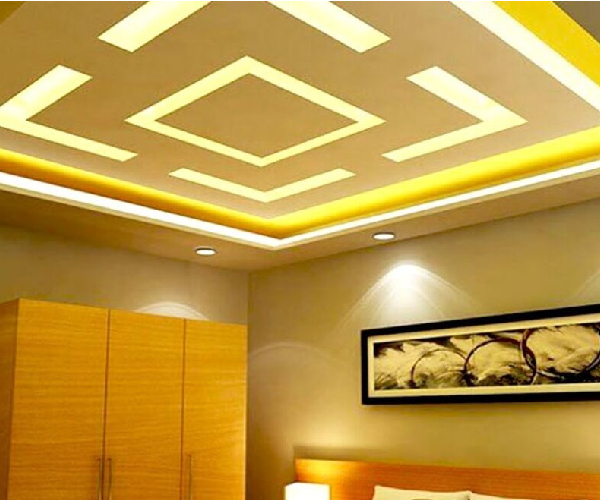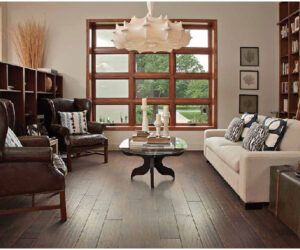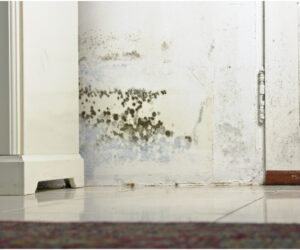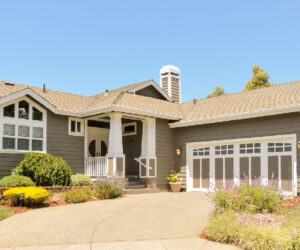Intermediate ceilings have been around for a long time, but they are making a comeback in terms of pattern, workmanship, technology and illusion. The interior design is incomplete without a good ceiling, and houses that are incomplete must have a stable roof. Without a roof, a fifth wall is gaining popularity in interior design environments that prefer four walls above the floor.
Before getting into design, it is best to build the foundation of what it is, what it does, and what its advantages and disadvantages are. There are false ceilings maintenance here, and they work like this.
What do you mean by False Ceiling
A false ceiling is suspended from a wooden or metal frame (it owes its name to the illusion of a lower ceiling) and it is suspended as part of the original ceiling of a room in a house. The ceiling is mounted at least 8 cm lower than the ceiling of the room in question. It fits in the ceiling or hangs underneath.
They are versatile enough to fit in to almost any home, and it’s because of the inventive shapes that are available in every room. Plaster is a calcium derivative used in the production of lightweight ceilings. It is a kind of false ceiling made of plaster.
Since it is less expensive, it is often used in residential buildings as well as in large commercial projects. Due to its natural grain, it can find its way through the fifth wall and form the ceiling.
They consist of painted boards and are suspended from the ceiling with an iron or wooden frame.
They last longer and are protected from storms. Ease-of-pop shapes are also available and the most common form of ceiling.
Types of False Ceiling
False Ceiling False ceiling designs come in a variety of styles.
Home-owners with white ceilings can choose to keep them white to increase the dimension without overwhelming the space. Ceiling constructions is a safe way to beautify a room without going overboard.
If you want to strike a higher tone, you can use a variety of colours, shapes, textures and lights to attract the eye.
This is a great way to draw attention to a small, sparsely decorated room. Multiple levels of suspended ceiling layers are an excellent way to experiment with adaptive media to create a unique ceiling.
Don’t be afraid to strain your artistic muscles with multi-layered blankets, as they open up new possibilities for light, colour and shape-based experiments. The advantages and disadvantages of a ceiling that is made for popping consist of components that protrude rather than hide like a normal false ceiling. Multi-layered ceilings in the middle of a large room create tension and a sense of size, while edges tend to make the room appear wider.
To deepen this trend, consider your current décor plan and the amount of space available to you to play.The sink is a square, box-like plate that is fixed to the ceiling. The ceiling should not only lend a room drama, but also create the illusion of a higher ceiling height and multiple dimensions in a room. The chest is a coffered ceiling.
The geometric style is another piece, but it requires the use of suspended panels. The box ceiling construction has a layered ceiling with box-shaped recesses for light. The ceiling on the edge of the minimalist design runs from the corner of the room and is suitable for homes with low ceilings. In some rooms, chandeliers and pendant luminaries can be attached to the ceiling.
It is a modern look that increases the attractiveness of the space. Installed as a complicated grid, suspended ceilings provide a subtle delimitation of open spaces and contribute to the aesthetics of the space. Despite their high cost, slatted ceilings are a common option for home-owners. They are one of the most efficient methods of insulating ceilings.
Pros and cons of False Ceiling
- Reverse bays are an excellent way to lower a high ceiling. They are best suited for environments with good ambient lighting. In some rooms chandeliers are also designed for this purpose.
- With its excellent acoustics, it is an excellent building material for living rooms, home cinemas and AV rooms.
- High ceilings can be reduced in height if false ceilings are installed to restore the ratio to a room made up of high vertical spaces dwarfed by furniture.
- The acoustics are improved by adding an additional layer to the original ceiling. The wire hidden under the false ceiling is perfect for hiding wires and tubes.
- False ceilings can also be lowered to hide lighting fixtures.
- The additional layer separates from the original layer, traps air and cools the room. It also increases the efficiency of the air conditioning system by reducing the amount of space that needs to be cooled, which reduces energy costs.
- The false ceiling has the added advantage that it insulates a room in a house in a cold climate.
- Another disadvantage of installing false ceilings is that they require expert precision: false ceilings require precision in planning, measurement, assembly and assembly by a trained professional.
- As a result, a ceiling height of 11 feet or higher is recommended. Although not ideal for rooms with low ceilings, false ceilings should be at least 8 cm above the original walls.
- Partial ceilings in the corners of a room can be sufficient for smaller rooms. False ceilings contribute to the comfort of the room and saves money on energy costs.
- They can be added to a current or new interior design plan to add life to a room.




